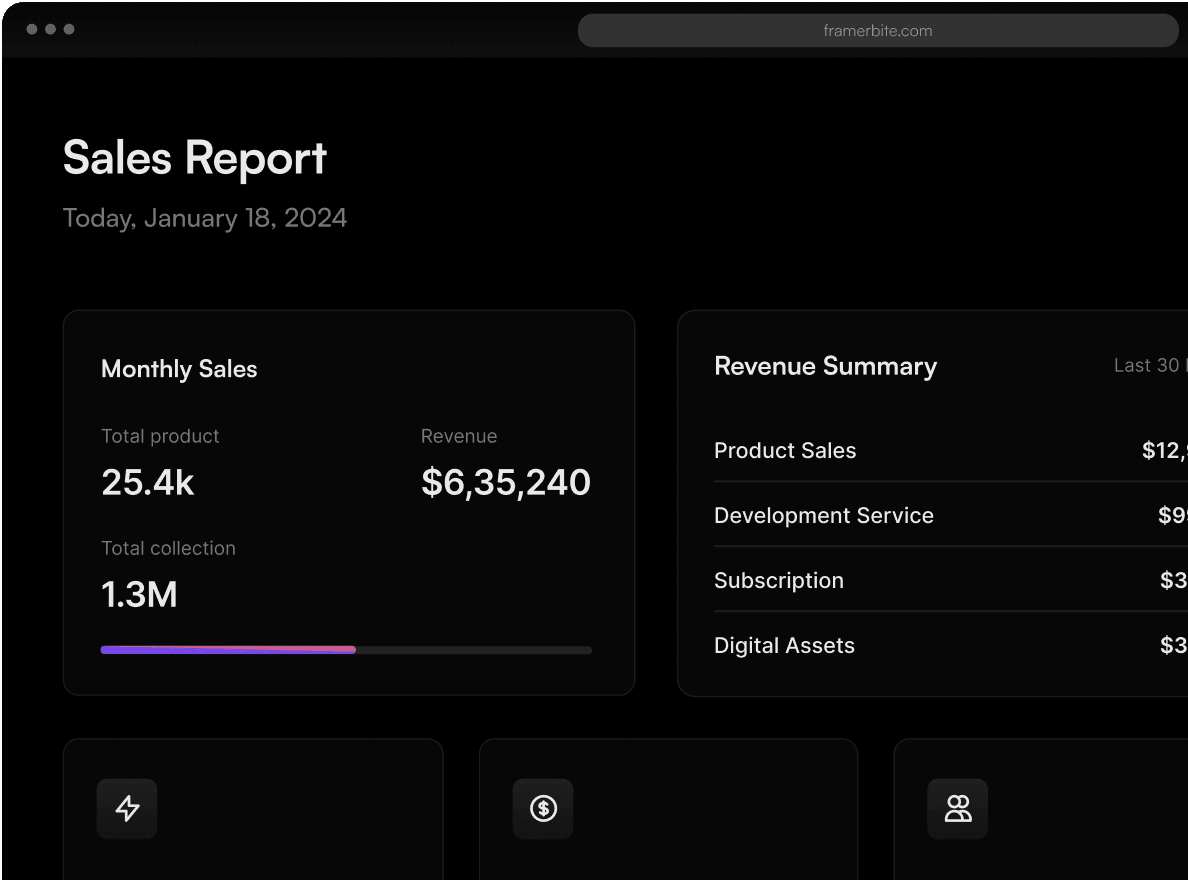6 November 2024

Choosing the Right Data Integration Tool for Your Marketing Team in 2025
Marketing teams are increasingly relying on data integration tools to manage campaigns across multiple platforms. With so many options available, finding the right tool that aligns with your team’s needs and objectives can be challenging. This guide provides practical advice on what to consider when evaluating data integration tools in 2025 and highlights features that should be prioritized.
Why Data Integration Tools Are Essential for Marketing Teams
Data integration tools centralize marketing data from various platforms, making it easier to create comprehensive reports, analyze performance, and make data-driven decisions. Here are a few reasons why they are critical for marketing teams:
Efficiency: Automates data collection, reducing manual work and saving time.
Data Accuracy: Ensures that data from different sources is consistent, minimizing discrepancies in reporting.
Strategic Insights: Provides a unified view of campaign performance, enabling teams to identify trends and optimize strategies.
Key Features to Look for in a Data Integration Tool
When choosing a tool, it's essential to evaluate the features that align with your team’s needs. Here are some crucial aspects to consider:
1. Multi-Platform Integration
A good data integration tool should connect seamlessly with the platforms you use, such as Google Ads, Meta Ads, and LinkedIn. Look for tools that offer flexibility and support multiple integrations.
2. Real-Time Data Updates
Real-time data syncing is critical for making quick adjustments and optimizing campaigns. Tools that provide real-time updates can help your team respond to changes faster and ensure the accuracy of your data.
3. User-Friendly Interface
A tool that is easy to navigate and requires minimal technical knowledge can save time and increase efficiency. Ensure that the tool offers an intuitive interface and provides sufficient training resources.
4. Transparent Pricing Models
Pricing transparency allows you to understand the cost of each feature, avoiding hidden fees. Choose a provider that offers clear pricing plans with flexible options for different business sizes.
Comparing Data Integration Tools: Octify, Funnel.io, and Supermetrics
There are several popular tools available, each offering different strengths. Here’s a comparison of some top options:
1. Octify
Octify focuses on real-time data integration with a simple, user-friendly interface. It supports multiple ad platforms and provides transparent pricing plans designed for scalability.
Best For: Teams looking for an affordable, flexible solution with easy setup.
2. Funnel.io
Funnel.io offers a robust set of integrations and works well with data visualization tools like Looker Studio. However, it may come at a higher price point, making it more suitable for larger agencies.
Best For: Agencies needing extensive customization and advanced reporting capabilities.
3. Supermetrics
Supermetrics remains a go-to tool for many marketers due to its flexibility and compatibility with Google Sheets. However, add-ons can increase costs, so it’s crucial to assess which features you need.
Best For: Teams using Google Sheets extensively and looking for customizable options.
Steps to Evaluate Data Integration Tools
To choose the right tool, follow these steps:
Assess Your Needs: Identify the platforms you use and the features that are essential for your team. Make a list of must-haves to use as criteria.
Test Different Options: Request demos or trials to explore the interfaces and see how they perform with your data.
Compare Pricing Plans: Evaluate the total cost of ownership, including any additional fees for extra features or higher usage.
Consider Support Availability: Check the level of support provided, especially during setup or troubleshooting. Access to reliable customer service can make a significant difference.
Tips for Marketing Teams When Selecting a Tool
Here are some additional tips to ensure you make the best choice:
Look for Flexibility: Choose a tool that allows you to scale and add new integrations as your marketing needs evolve.
Engage Your Team: Involve team members in the evaluation process to get their feedback on usability and relevance.
Monitor Performance: Once you select a tool, track its performance and gather feedback to determine if it meets your expectations.
Relevant Links:
Conclusion
Choosing the right data integration tool can streamline your marketing efforts and improve campaign outcomes. By evaluating your needs and understanding the features available, you can find a solution that aligns with your business goals.



